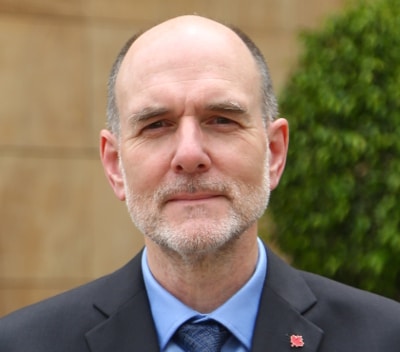A report on progress so far, current activities and how it’s planning to tap new technologies.
Many organizations in agriculture and beyond have to start from zero, but others – such as the Seed Science Foundation (SSF), now a little over two years old – have had the benefit of starting as a merger of two existing seed industry organizations.
The SSF, which assists and collaborates with the American Seed Trade Association (ASTA) in its research efforts, was formed in late 2018 from amalgamating the National Council of Commercial Plant Breeders and the American Seed Research Foundation.
“Board members of both these organizations recognized that there would be synergies in joining forces,” explains Ric Dunkle, senior director of Seed Health and Trade at the American Seed Trade Association (ASTA) and one of two ASTA-SSF liaisons.
The mission of the SSF is three-fold. First, it aims to address seed and plant science challenges and to encourage plant breeding education and seed research.
“The SSF is continuing to provide support for undergraduate and graduate students, enticing them to get into seed research or other aspects of the seed industry,” Dunkle explains. “We know there are talented students out there who have the perception that the seed industry is a small sector without much opportunity, and we need to continue to change that perception. There are also those young and older individuals who don’t see that they already have skills and knowledge that are well suited to taking advantage of those opportunities. We need to continue to explain that the global seed industry is large, robust and evolving very quickly to address the critical needs of feeding the planet.”
Secondly, the SSF will continue its efforts to fund public research programs in basic seed science and to explore opportunities for leveraging public and private research organizations to further the collective global understanding – and potential – in seed science. Dunkle notes that neither of the pre-existing organizations had historically achieved much success in attracting dollars from funding heavy-hitters such as the Bill & Melinda Gates Foundation, National Security Agency and the National Institute for Food and Agriculture. Such opportunities will be explored and pursued.
The SSF also serves as a valuable resource for ASTA as it works to deliver on its own strategic objectives. So far, the SSF board members and staff have provided keen insight and recommended solutions that enable the U.S. seed industry to function with global effectiveness, explains Dunkle. This includes global discussions of evolving plant breeding methods and phytosanitary issues, an integrated source of seed and plant science.
“We want to be a non-traditional type of organization, getting at the heart of what the research issues are, what the industry issues are, and leveraging the funding entrusted to us in innovative new ways,” says Dunkle. “Our board has created six major topic areas and each one has a director and a team of experts that are identifying ambitious goals and creating plans to reach them.” These topic areas include breeding systems, seed health, seed quality and testing, seed production, seed-applied technology and other new technology. Dunkle says good progress is being made in each one.
With regard to new technology, the SSF is very interested in extending the involvement of various experts beyond the seed industry itself.
“We are asking how we can direct use or adapt solutions used in other industries to solve problems within our sector,” says Dunkle. “There are so many exciting platforms and technologies being created by start-ups as well as big companies like Amazon or Google that could be applied. It’s critical that we understand what’s out there and put these untapped resources to use, ensuring the seed industry is moving forward at the pace it should and reaching milestones undreamt of even a decade ago.”













